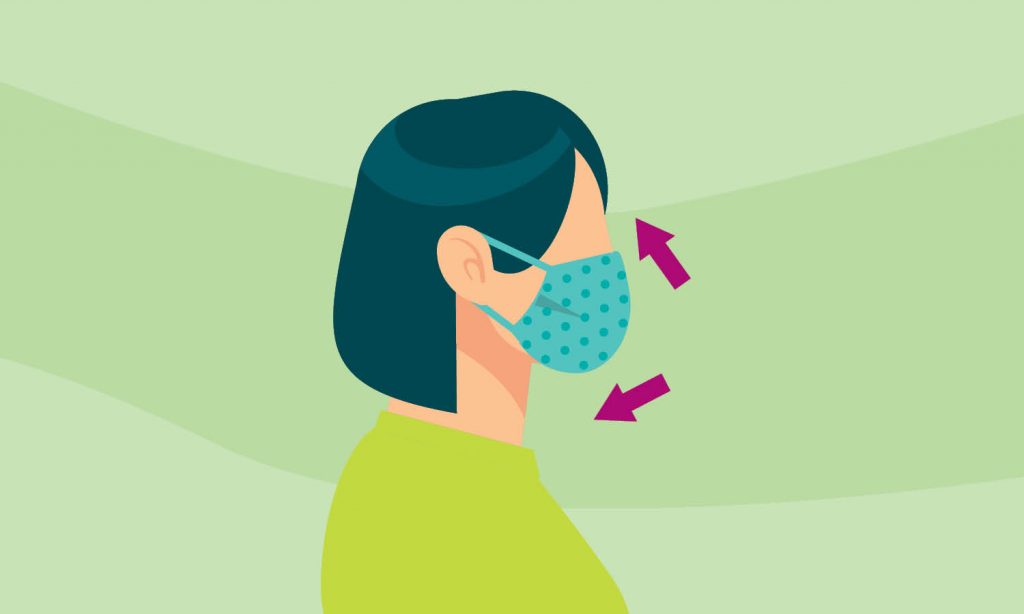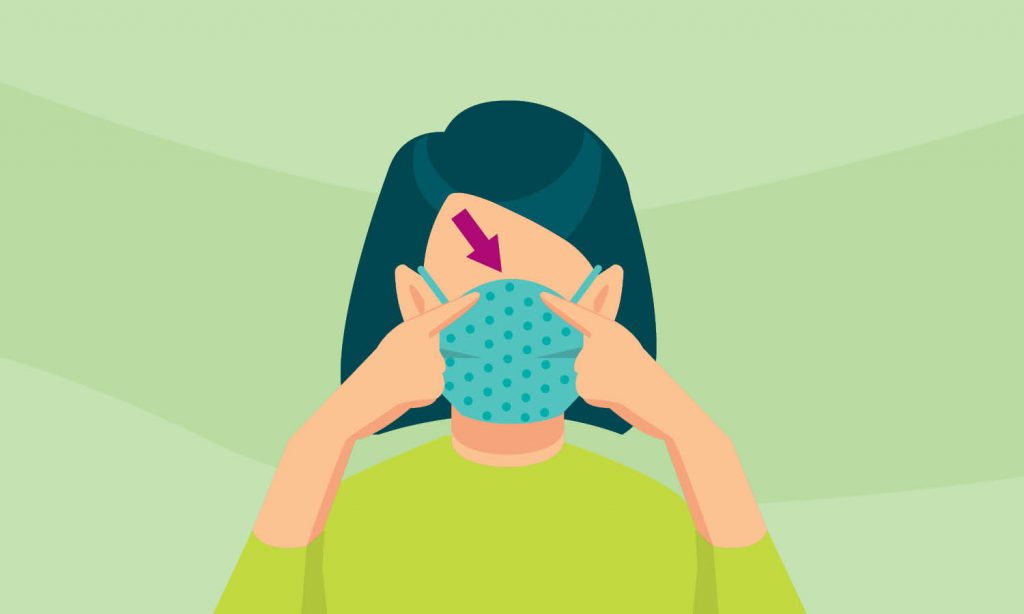Masks (COVID-19)
What does a mask do?
Wearing a mask is one way to protect yourself and others.
A mask acts as a barrier. Masks are one of the most effective individual public health measures that we can use to protect ourselves and others from COVID-19. When layered with other preventative measures—such as vaccination, hand washing, physical distancing, and staying home when ill—a well-constructed, well-fitting, and properly worn mask can help prevent you from getting COVID-19 and spreading COVID-19 to others.
A mask can protect others from potential COVID-19 droplets you may spread and prevents you from breathing in infectious respiratory droplets from others.
We should all do our part to reduce transmission of COVID-19 within our communities and protect the most vulnerable and our health care system.
Choosing a mask
Wear a high-quality, well-fitted, comfortable mask.
High-quality: A medical mask or respirator can provide better protection.
Well-fitted: Your mask should fit your face, covering your nose, mouth, and chin without gaping. Ties or ear loops should fit securely to avoid adjusting during use.
Comfortable: Your mask should be comfortable, easy to breathe through, and not limit your vision.
Choose the best quality and best fitting mask or respirator that’s available to you. No matter which type of mask you choose, proper fit is a key factor in its effectiveness.
Face coverings such as neck gaiters, scarves, bandanas, and face shields alone are not recommended. They are not effective filters and they do not provide a tight fit around your nose and mouth to prevent the spread of COVID-19.
Don’t use masks or respirators with exhalation valves. They allow infectious respiratory particles to escape. They do not help prevent the spread of COVID-19.
Visit the Government of Canada’s website to learn more about COVID-19 mask use: Types of masks and respirators.
When to wear a mask
A mask must be worn:
- As per the facility’s setting-specific policy (e.g., long term care homes).
- in all public settings for 10 days after the start of a person’s symptoms or positive COVID-19 test
A mask should also be worn in crowded indoor public spaces, especially those at higher risk of severe infection.
How to use a mask
Masks need to be worn correctly. A well-fitted mask must be snug against the face and cover the nose, mouth, and chin.

Watch these videos to learn how to properly put on and take off your mask to keep you and your loved ones safe.
Watch as Simon demonstrates how to properly put on, take off, and store a mask at school. This video is appropriate for children and youth in Grades 4 and up.
Watch as Seran demonstrates how to properly put on, take off, and store a mask at school. This video is appropriate for children and youth in Grades 3 and under.
Using your mask
To use your mask you must:
- wash or sanitize your hands immediately before putting it on
- avoid touching or adjusting your mask while wearing it
- be sure not to touch or rub your eyes while you wear it
- change your mask if it becomes damp or soiled
- don’t share your mask with others
Do not place a mask on:
- children under age 2
- anyone who has trouble breathing or is unconscious
- anyone that cannot remove the mask without help
Removing your mask
Masks can become contaminated on the outside or when touched by hands.
To remove your mask safely you must:
Step 1: Be very careful not to touch your eyes, nose, or mouth when removing your mask.
Step 2: Throw your mask in the garbage right away.
Step 3: Wash or sanitize your hands immediately.
This item was last modified on March 8, 2024

